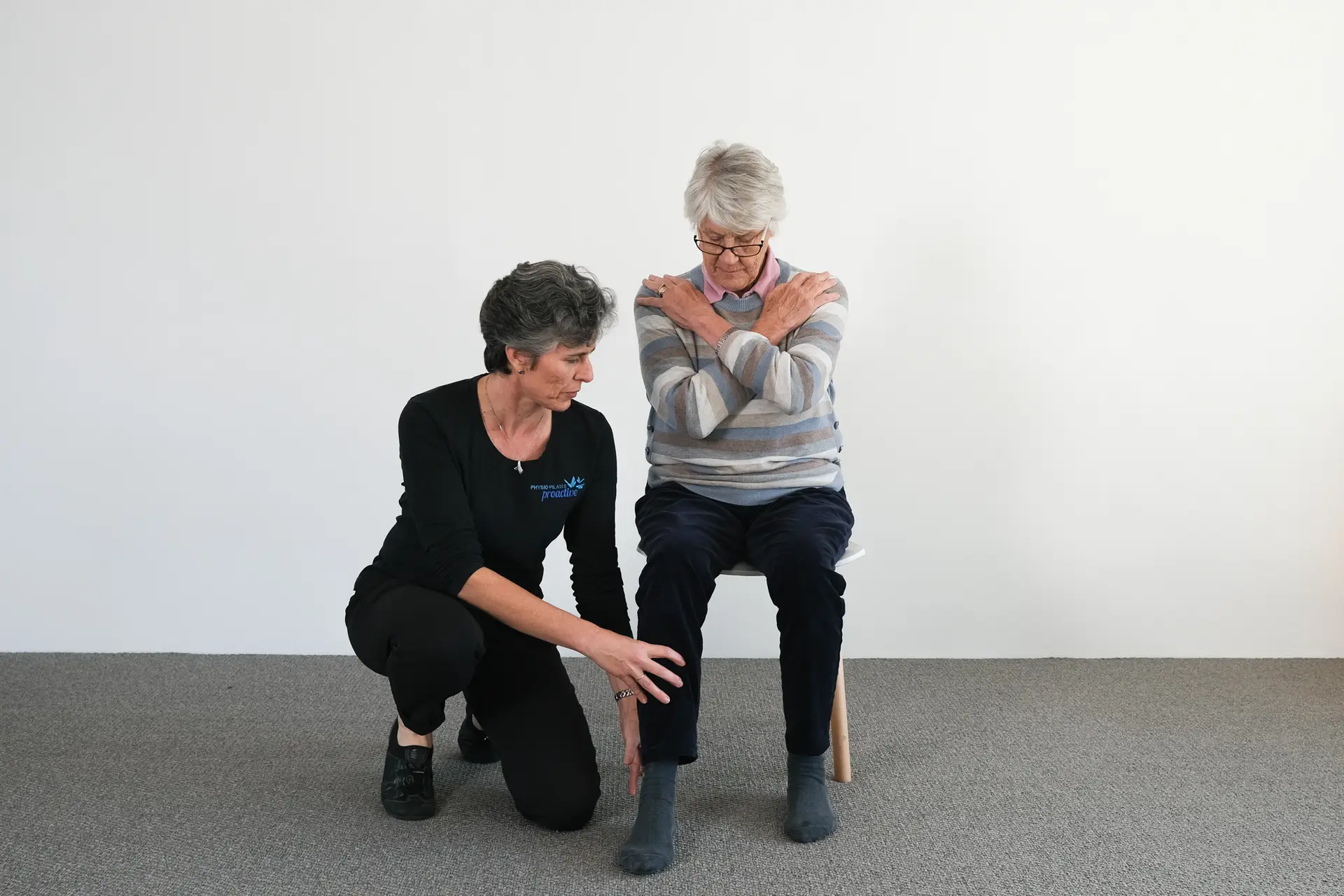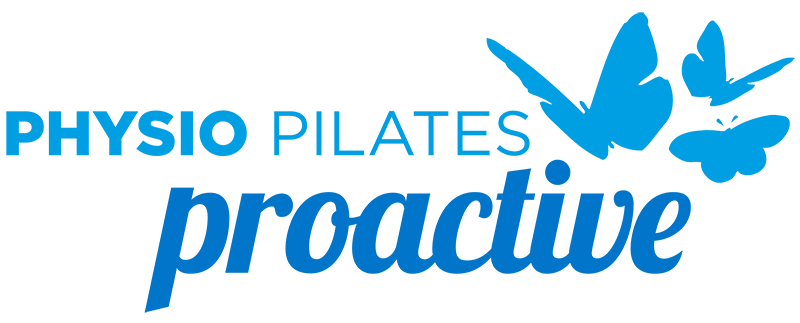GLA:D Program

GLA:D®, from ‘Good Life with OsteoArthritis in Denmark’, is an education and exercise program developed by researchers in Denmark for people with hip or knee osteoarthritis symptoms. It was then brought to Australia in 2016 to help Australians with hip or knee osteoarthritis.
GLA:D® uses education and exercise to help with daily activities. You will work on strengthening your body, as well as learning to move correctly and manage symptoms to improve pain.
The program consists of:
- An initial appointment to explain the program and measure your current functional ability
- Two education sessions which teach you about OA, its risk factors, treatment options, and self-management strategies.
- Group exercise sessions twice a week for six weeks to improve your control of the joint, your confidence in the joint and your strength.
- A review at 3-months with your clinician to discuss progress and goals, and re-measure functional ability.
- Completion of questionnaires on registration with the program, and then again at 3 and 12 months after registration to measure changes in areas such as pain, function, quality of life, and medication use.
FREE Education Sessions
We are running FREE Education Sessions where you can learn more about hip and knee arthritis and how GLA:D can help. You can choose any of these dates:
- Tuesday 1st April 2025
11am-12pm - Thursday 3rd April 2025
11am-12pm - Tuesday 27th May 2025
11am-12pm - Thursday 29th May 2025
11am–12pm and 5-6pm - Monday 2nd June 2025
5-6pm - Monday 28th July 2025
5–6pm - Thursday 31st July 2025
5-6pm - Thursday 24th July 2025
11am-12pm - Tuesday 29th July 2025
11am-12pm - Tuesday 23rd September 2025
11am-12pm - Thursday 25th September 2025
11am-12pm - Monday 20th October 2025
5-6pm - Thursday 23rd October 2025
5-6pm
To book your place, please see one of our friendly team, call us on (08) 8339 3188 or book online.
Course start dates:
- Thursday 10th April to 22nd May (Tuesdays and Thursdays 11am – 12pm)
- Thursday 5th June to 17th July (Tuesdays and Thursdays 11am – 12pm)
- Thursday 12th June to 24th July (Mondays and Thursdays 5 – 6pm)
- Monday 4th August to 18th September (Mondays and Thursdays 5 – 6pm)
- Tuesday 5th August to 18th September (Tuesdays and Thursdays 11am – 12pm)
- Tuesday 30th September to 13th November (Tuesdays and Thursdays 11am – 12pm)
- Thursday 30th October to 11th December (Mondays and Thursdays 5 – 6pm)
If you have any further questions, please speak to our GLA:D Coordinator, Gwendalyn Schmidt on (08) 8339 3188 or email gwendalynschmidt@pilatesproactive.com.au.
